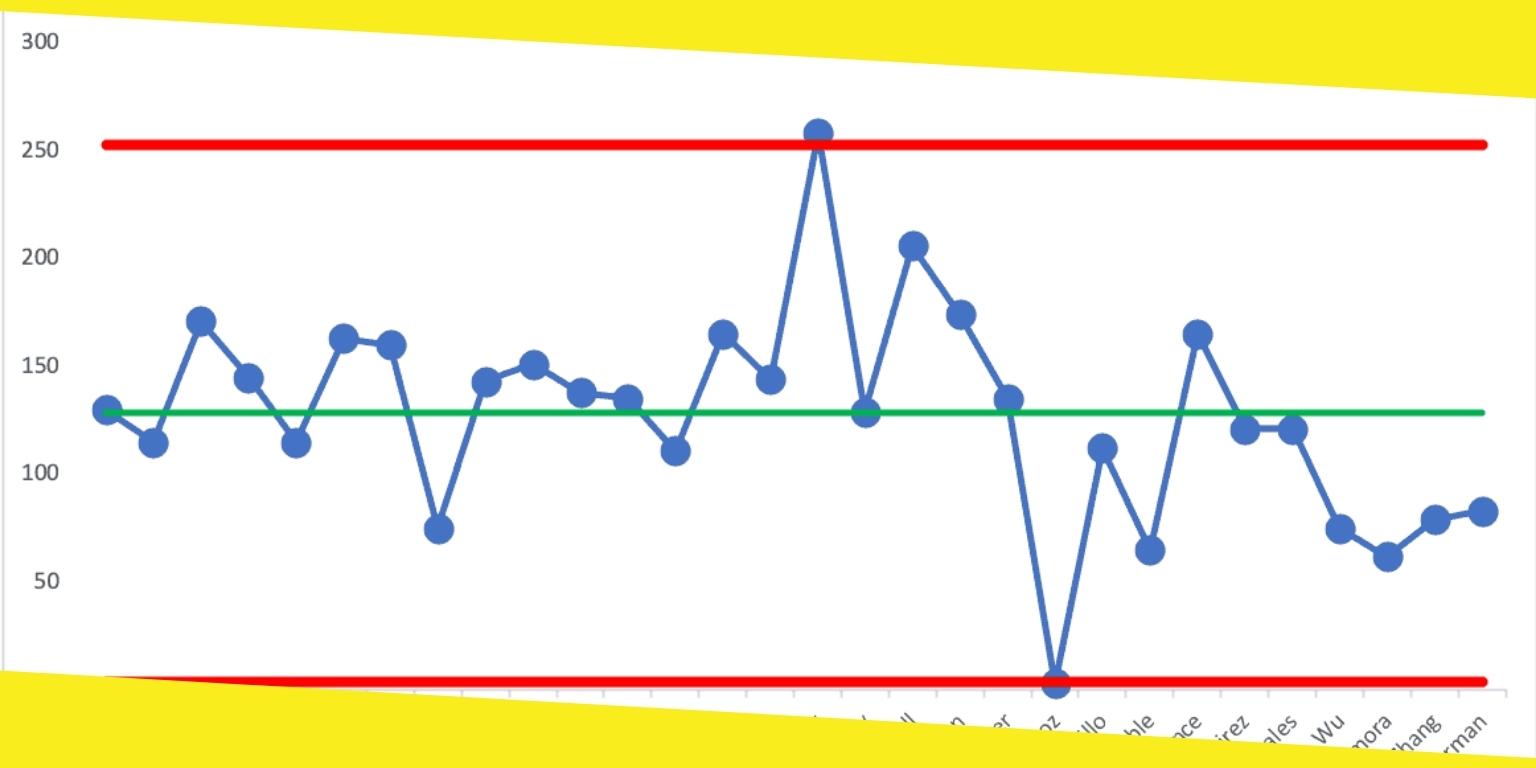Key Aspects To Know About Process Behavior Charts
A stable process is one where the standard deviations are predictable. Only by monitoring process performance can you detect the presence of a potential or existing problem. That is why knowing how to use process behavior charts is essential, or else the data reflecting is of no value to you.

The variable on your control chart is not always random. It may form a pattern that, when interpreted correctly, provides valuable insights on the specific issue in your process flow. Accurately identifying the variation type present increases your chances of eliminating its comeback.
Contents
ToggleHow to Interpret Process Behavior Charts?
Behavior charts monitor process variables and calculate upper and lower control limits. A process is deemed statistical power when all the relevant points are within limits, and no variation patterns exist. Recognizing patterns in your process variation points you towards the presence of specific deviations.
You master how to use process behavior charts when you are familiar with the control rules. When a process is in statistical control, none of the points reflected on the chart are displayed beyond limits. They are either closer to control limits or nearing average.
The process indicates the presence of unique variations and represents a pattern when:
- Some points extend beyond control limits.
- A couple of consecutive points reflect one section of the average.
- Consecutive points are trending up or down.
- The concentration of maximum points in Zone C reflects a stratification pattern, while a complete absence of points within this zone points to a mixture.
- When sizable consecutive points alternate up and down, it reflects excess control.
What are the Probable Causes for Various Patterns?
When you are evaluating, the process determines the possible causes of particular variations creating a specific pattern because service and manufacturing sectors adopt unique processes themselves.
Enumerated below is an attempt to understand the potential reasons behind certain pattern formations:
- A significant shift from the average could be attributed to a measurement error, equipment breakdown, power failure, incorrect set-up, or skipping a process step.
- Small shifts from average could be the fallout of a different calibration, change in raw material, set-up procedure, work instruction, or maintenance program.
- Stratification and mixture patterns could arise because of multiple processes.
- Tooling wear and variations in temperature could result in a trends pattern.
- Alternating raw materials and tampering by an operator may be responsible for an over-control pattern description.
An effective behavior chart reflects the following attributes:
- A statistic of relevant measurements represented by points.
- The mean of the corresponding figures calculated, whether a proportion or a range.
- A centreline drawn at the statistical mean calculated.
- The standard deviation for the statistic calculated for all samples.
- Natural upper and lower control limit indicators.
The effectiveness of the improvements you make in a process failure can be accurately measured using this recommended business analytic tool. Orderly plotting of data in the chart allows you to predict the performance of the corresponding process in time to come. Therefore, aim for your business processes to attain a controlled statistical state and achieve this by depending on behavior charts.
Recommended For You
5 Benefits of Barcode Scanners
Most Inside
Most Inside offers high-quality recommendations and valuable updates to enhance all aspects of your life, providing premium guidance and enriching experiences.




